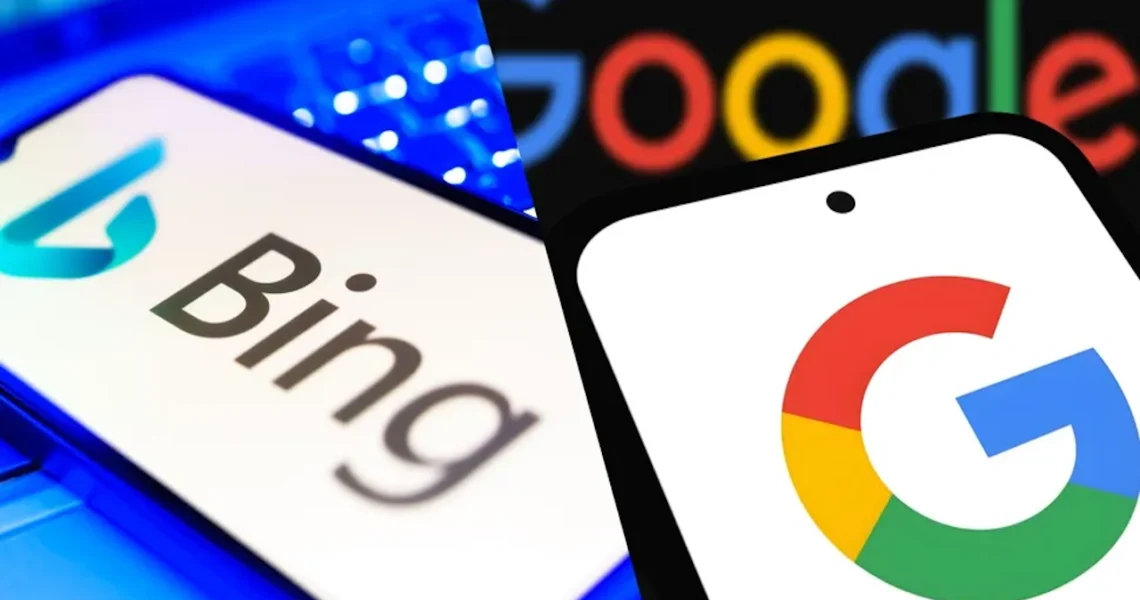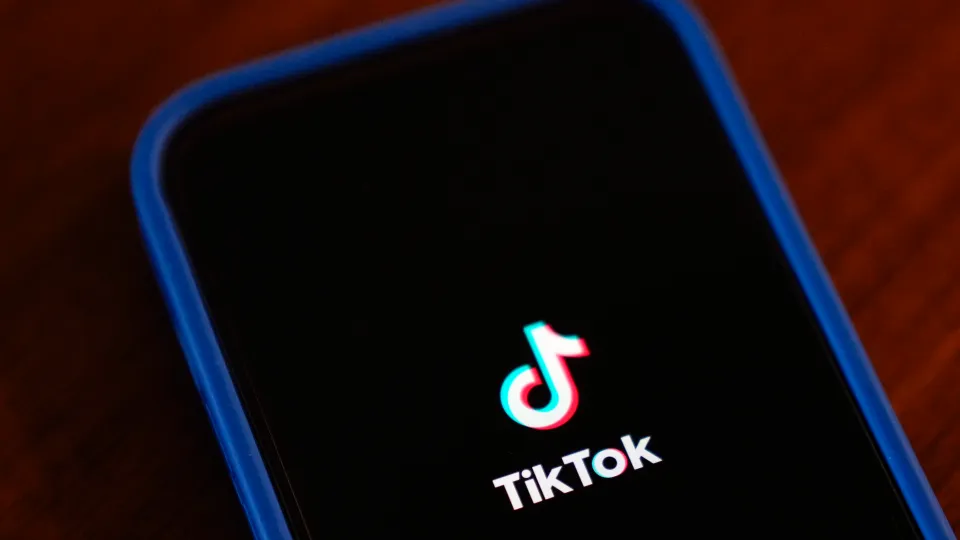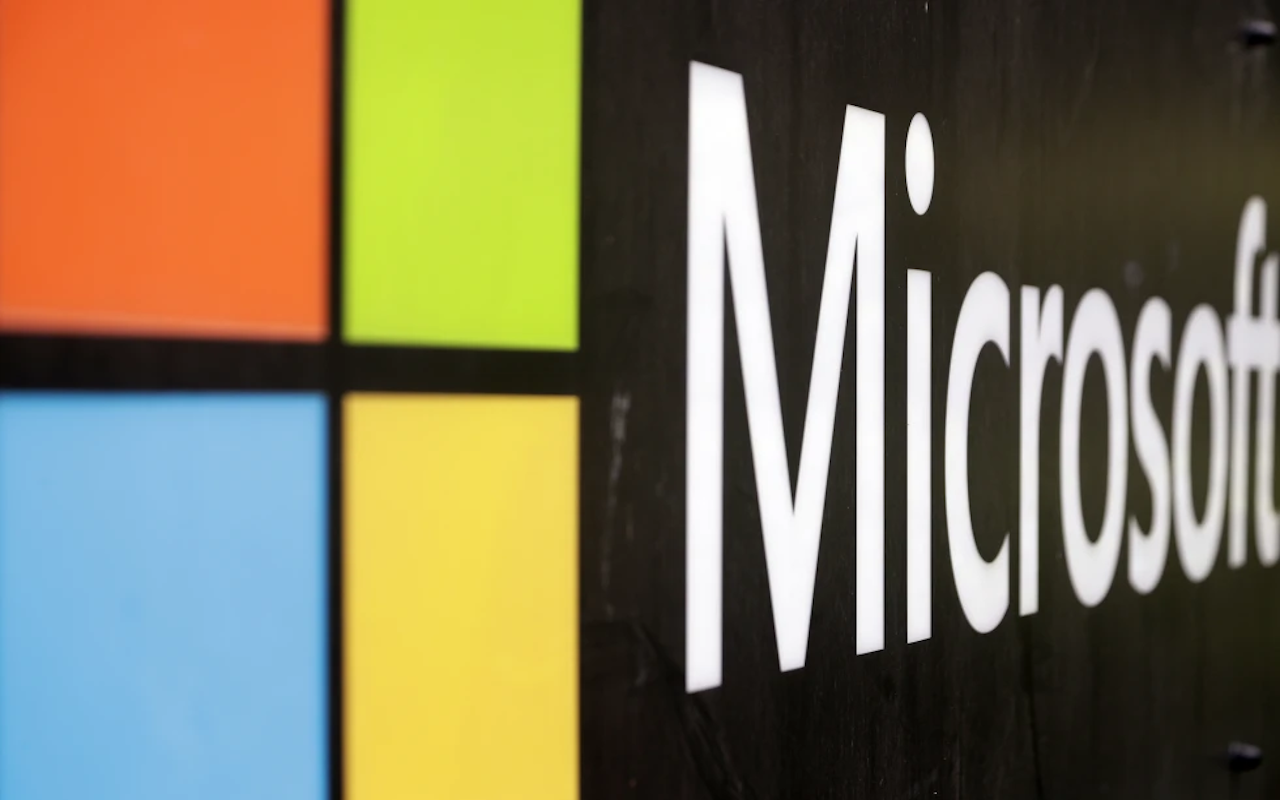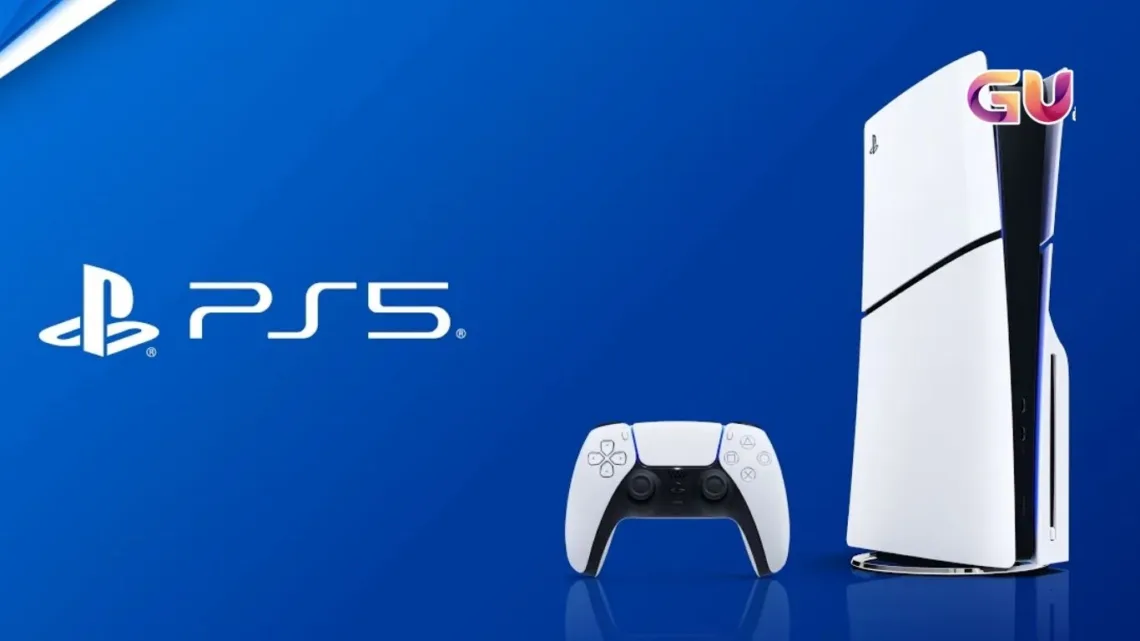Microsoft’s New Chrome Block on Bing
This newly implemented banner, strategically placed on the Bing search page, is not a subtle suggestion. It is explicitly labeled as a “Promoted by Microsoft” ad, and its sheer size makes it impossible to ignore.
The fact that it consumes a large portion of the screen before actual search results for “Chrome” are displayed signals a significantly more aggressive promotional tactic from Microsoft. This represents a clear escalation in their efforts to dissuade users from switching browsers.
From Microsoft’s perspective, this is simply another method to urge users to stay on Edge. They are leveraging their control over the default browser and search engine on Windows to directly intervene at a critical decision point for users. However, the effectiveness of such a forceful approach remains questionable. While it certainly grabs attention, it’s debatable whether such an intrusive prompt will genuinely deter users who have a clear intention of downloading Chrome. Many users specifically navigate to Bing on Edge with the express purpose of obtaining Chrome, and an advertisement, no matter how prominent, might not alter that pre-determined course of action.
My own experience attempting to replicate this phenomenon yielded a slightly different, but equally assertive, banner. Instead of the speed and security comparison, I was presented with a banner that prominently showcased the Microsoft Reward points that could be accumulated by continuing to use Edge. This particular banner was adorned with appealing tiles featuring popular gift cards from prominent brands such as Amazon, Starbucks, Xbox Game Pass, and Roblox. This variation suggests that Microsoft is experimenting with different persuasive messages, tailoring them to appeal to various user incentives, from performance and security to direct monetary rewards.
Regardless of the specific message, the core change is undeniable. What was once a relatively small, unobtrusive pop-up notification has now evolved into a full-on, attention-grabbing banner that effectively interrupts the user’s workflow just before they can access the search results for Google Chrome. This aggressive placement indicates a heightened sense of urgency from Microsoft in its ongoing battle for browser market share. It reflects a strategic decision to make Edge’s advantages (or at least, what Microsoft perceives as its advantages) immediately visible and compelling to users at the very moment they contemplate switching.
The Battle for Browser Dominance
The browser market is a fiercely competitive arena, and Google Chrome has maintained its dominant position for an extended period. With Chrome continuing to be the most popular browser around the globe, it comes as no surprise that Microsoft is employing increasingly aggressive tactics to persuade users to stick with Edge.
According to recent statistics from the analytics firm Backlinko, the disparity in user numbers is stark and highlights the scale of the challenge Microsoft faces. There are an estimated 3.69 billion users worldwide for Google Chrome. In stark contrast, Microsoft Edge commands a significantly smaller user base, estimated at 292 million users. This vast difference in market share underscores why Microsoft is so determined to curb the outflow of users from its default browser. Even a small percentage shift from Chrome to Edge could represent millions of new users for Microsoft’s browser.
Microsoft’s determination is also fueled by the strategic importance of browsers in the modern digital ecosystem. Browsers are the primary gateway to the internet, influencing search engine usage, advertising revenue, and access to a company’s broader suite of services. Losing users to a competitor like Chrome means potentially losing them to Google’s search engine, cloud services, and advertising network.
Beyond market share, there are also performance arguments that Microsoft is keen to promote. Interestingly, research has indeed shown that Chrome is notoriously resource-hungry, often consuming significant amounts of RAM and CPU, especially with many tabs open. In contrast, Microsoft Edge has been shown to use far fewer system resources, often resulting in a snappier and more efficient Browse experience, particularly on devices with limited hardware specifications.
This performance advantage is a legitimate selling point for Edge, and Microsoft is increasingly highlighting it in its promotional messages. However, it’s worth noting that while Edge might be more efficient, Bing itself, which Edge uses by default, is often only a few steps behind Chrome in the amount of user data it collects. This raises privacy considerations for users, regardless of which browser they choose, as search engine data collection practices can be extensive.
The evolution of browsers is also rapidly moving towards integration with Artificial Intelligence. Microsoft Edge is now being heavily promoted as an “AI browser,” integrating features powered by generative AI to enhance Browse, summarize content, and provide personalized experiences. However, the market for AI-integrated browsers is rapidly becoming crowded. Edge faces significant competition from innovative players like Perplexity AI, which recently launched its own dedicated AI browser, and Opera, which has been offering its own “agentic AI” browser for some time. This intense competition means Microsoft must continually innovate and aggressively market its browser to stand out.
Given these market dynamics, it is highly likely that we will continue to see more tactics employed by Microsoft in its relentless pursuit to position Edge as the preferred browser for all users, aiming to chip away at Chrome’s dominance. These tactics will likely evolve, incorporating new AI features, reward programs, and persuasive messaging. However, for users who are determined to switch, it’s important to remember that the choice remains theirs. Options exist to uninstall Microsoft Edge if desired, providing users with ultimate control over their digital environment, despite Microsoft’s increasing efforts to “beg them to stay.”
Global Regulatory Impact and User Choice
The aggressive new tactics employed by Microsoft to deter users from downloading Google Chrome are not uniformly applied across all regions, particularly due to the growing influence of international digital regulations. A significant development in this regard is the Digital Markets Act (DMA) in the European Union. This landmark legislation aims to create a fairer and more competitive digital landscape by imposing strict rules on large “gatekeeper” tech companies, preventing them from leveraging their dominance in one area to unfairly promote their own services in another.
Thankfully for consumers within the EU, the Digital Markets Act directly addresses practices like Microsoft “begging” users to make Edge their default browser. The DMA mandates that gatekeepers must allow users free choice of browsers, search engines, and other core services, without unduly pushing their own. This means that users in EU member states are experiencing a less intrusive and more genuinely choice-driven environment when it comes to browser selection.
They are largely spared the persistent pop-ups and full-page banners that users in other parts of the world may encounter. This legislative intervention underscores a global movement towards greater user control and reduced monopolistic practices by tech giants.
However, the reality for the rest of the world remains different. Outside of the European Union, Microsoft continues to deploy various persuasive tactics. Users in North America, Asia, and other regions will still routinely encounter pop-up notifications urging them to “give Edge a go” or reconsider switching to a different browser. While these might not always be as overtly intrusive as the new full-page Bing banner, they represent a persistent effort to influence user behavior. This highlights a fragmented digital experience based on geopolitical regulatory boundaries.
The ongoing battle for browser dominance is not just about market share; it’s also about user data and the economics of online advertising. Browsers serve as conduits for vast amounts of user data, which can be leveraged for targeted advertising, personalized content, and broader market insights. Companies like Microsoft and Google derive substantial revenue from their advertising ecosystems, and browser usage directly impacts their reach and data collection capabilities. Therefore, the fight to retain or gain browser users is intrinsically linked to their core business models.
As the digital landscape evolves, so too will the methods employed by tech companies to attract and retain users. The increasing integration of Artificial Intelligence (AI) into browsers marks the next frontier in this competition. Microsoft’s promotion of Edge as an “AI browser” is a strategic move to position it at the forefront of this innovation wave. Features like AI-powered content summaries, personalized Browse experiences, and integrated chatbots are becoming standard. However, as noted previously, Edge faces fierce competition from other innovative browsers that are also heavily investing in AI integration, such as Perplexity AI and Opera.
Ultimately, despite the evolving tactics and the complex regulatory environment, the power of user choice remains paramount. While Microsoft will undoubtedly continue to explore new and creative ways to convert Chrome users to Edge, consumers retain the ability to download, install, and set their preferred browser as default. Tools and guides on how to uninstall Microsoft Edge or change default browser settings are readily available, ensuring that users can maintain control over their digital experience, regardless of the persuasive measures employed by software developers.





